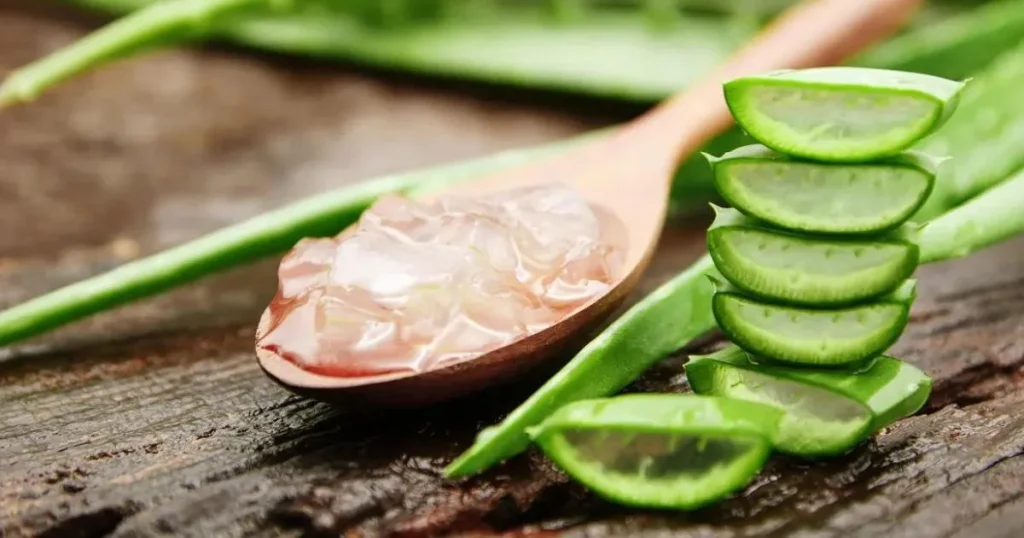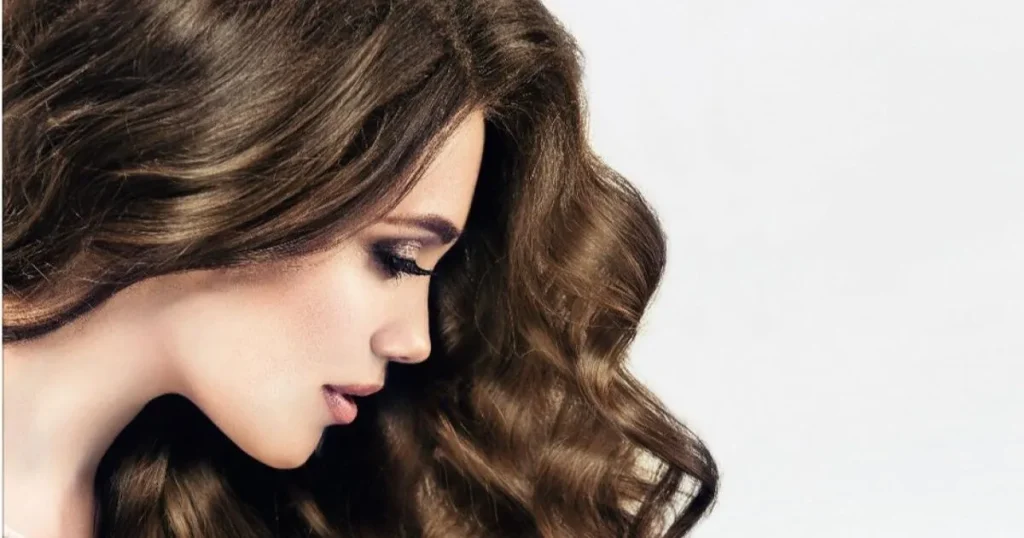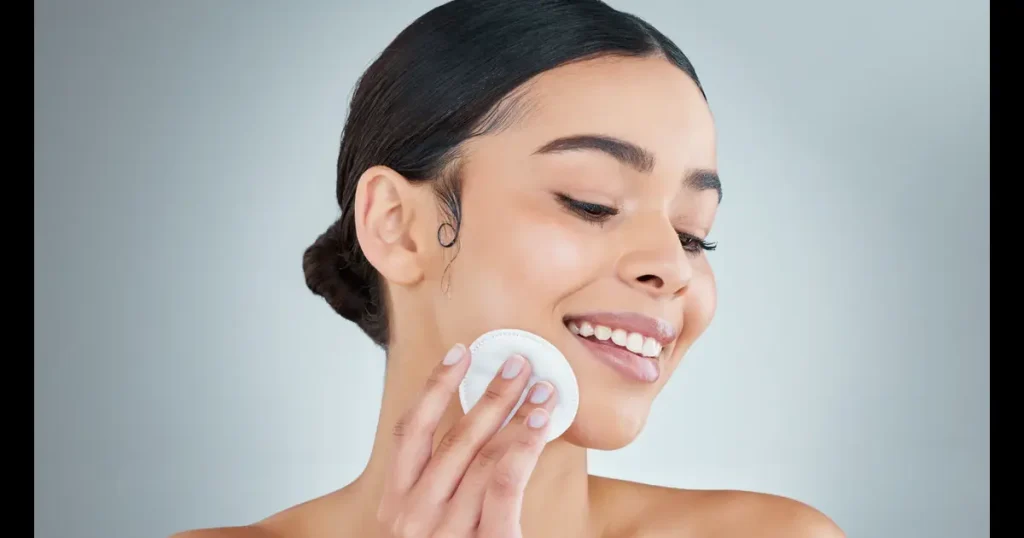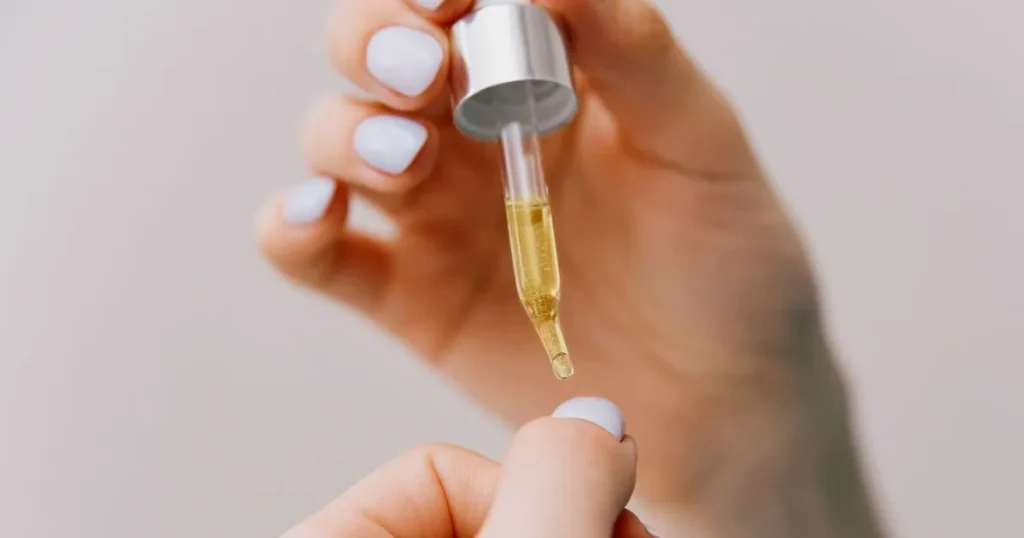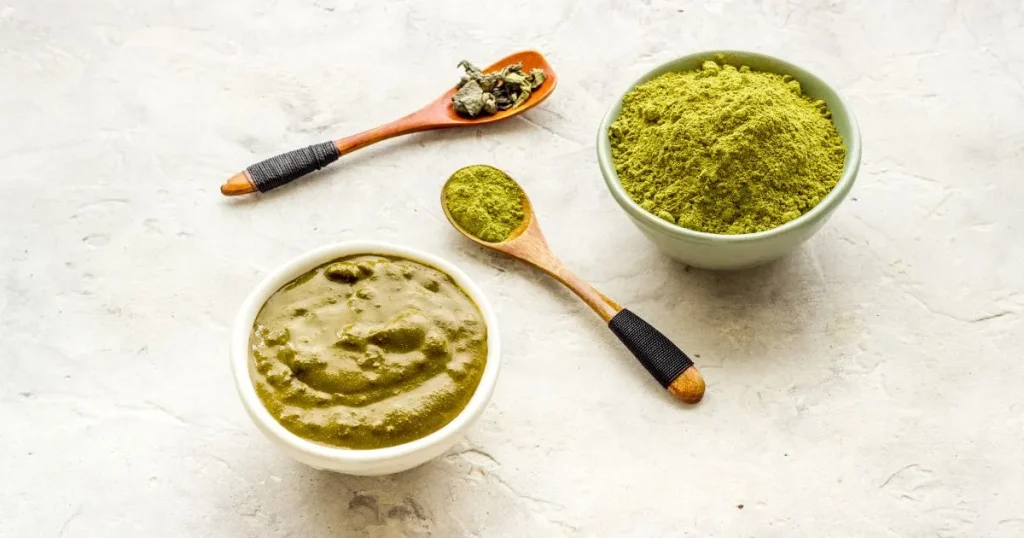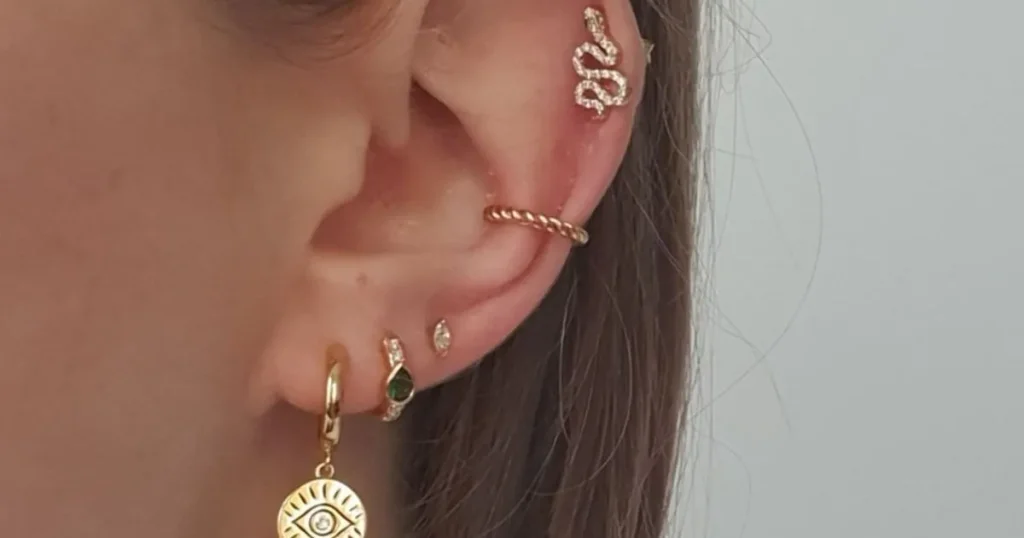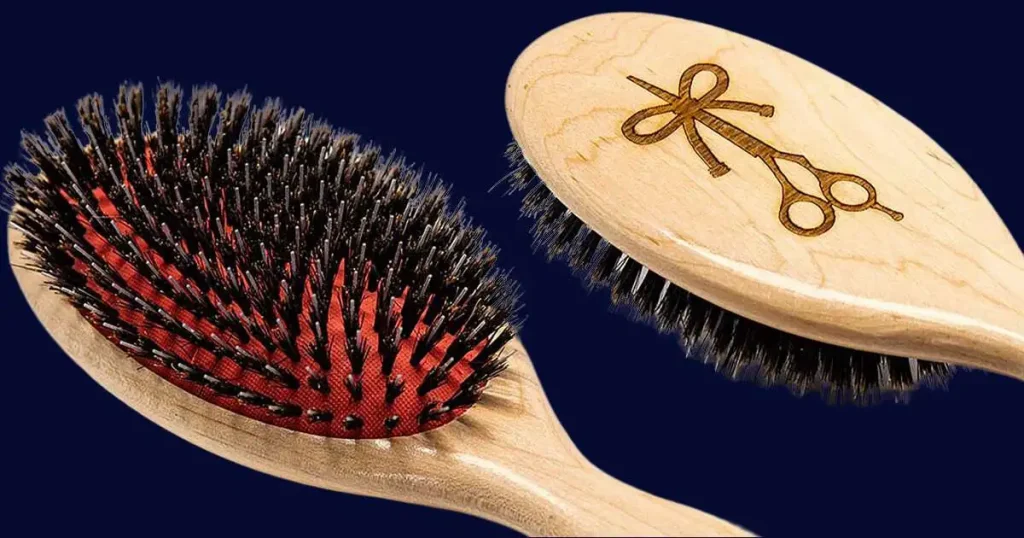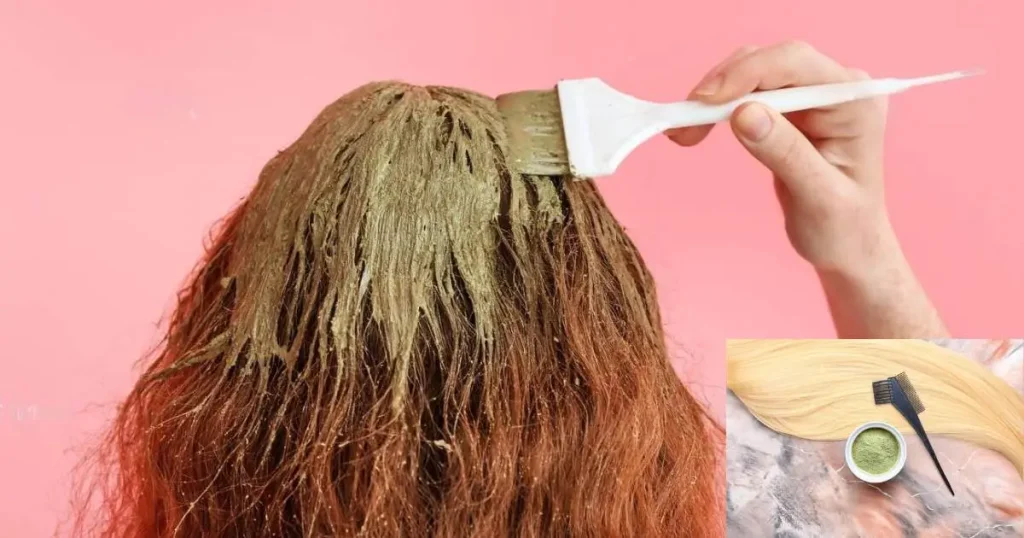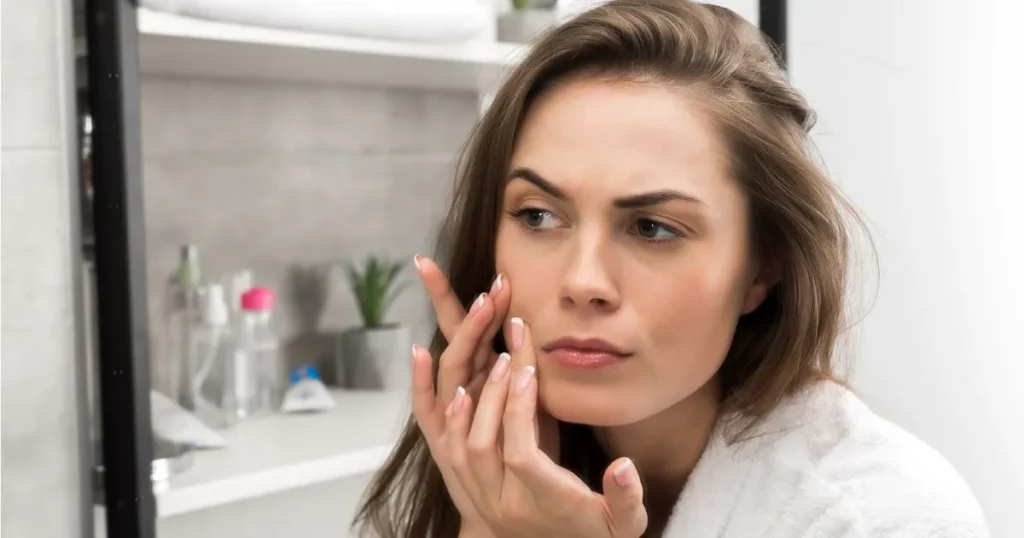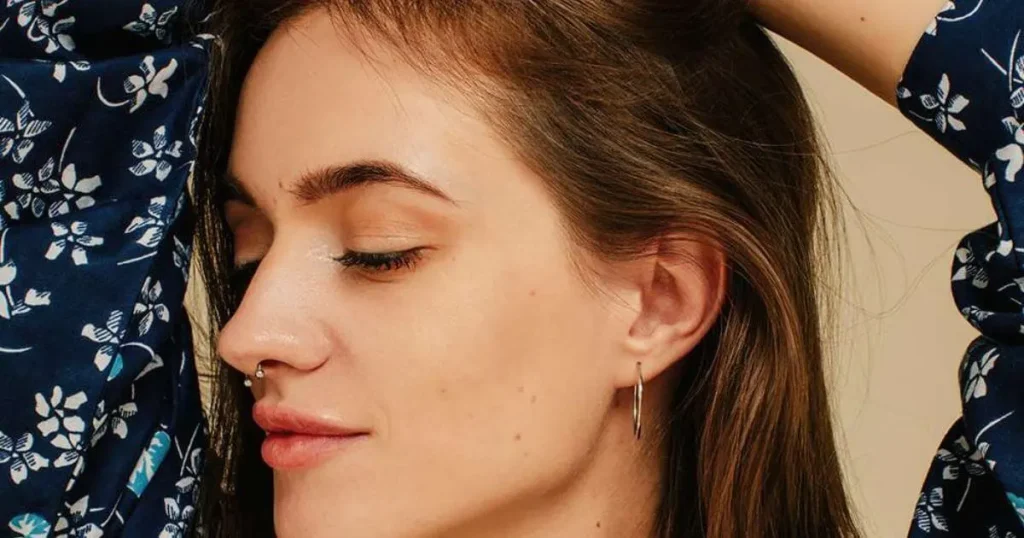How to Use Aloe Vera for Acne: A Comprehensive Guide
Acne is a common skin problem that affects many people, especially teenagers. It can cause pimples, blackheads, and red spots on the face and body. Acne not only changes how your skin looks but can also make you feel embarrassed or unhappy. Aloe vera is a plant known for its healing properties. Its leaves contain a thick, clear gel that can soothe and heal the skin. People have used aloe vera for many skin issues, including acne. In this article, we will guide you on how to use aloe vera for acne treatment. You will learn why aloe vera works, how to apply it, and some helpful tips to get the best results. Understanding Acne What is Acne? Acne is a skin condition when your hair follicles get clogged with oil and dead skin cells. This can lead to different blemishes, such as pimples, whiteheads, and blackheads. Causes of Acne Several factors can cause acne, including: Types of Acne There are several types of acne, including: Common Treatments for Acne Many treatments are available for acne, but they only sometimes work for some. Some common treatments include: Each of these treatments has its limitations and might not work for everyone. Some people may experience side effects or find that their acne doesn’t improve. Benefits of Aloe Vera for Acne Aloe vera is a succulent plant known for its thick, fleshy leaves containing clear gel. This gel is packed with vitamins, minerals, and other compounds, making it excellent for skin care, especially for treating acne. Overview of Aloe Vera Plant and Its Components The aloe vera plant is rich in beneficial substances. The gel inside the leaves contains vitamins A, C, and E, which are antioxidants that help protect your skin. It also has enzymes that reduce inflammation and amino acids that help repair skin. These components work together to make aloe vera a powerful natural remedy for acne. Anti-Inflammatory Properties One of the key benefits of aloe vera is its anti-inflammatory properties. When you have acne, your skin becomes red and swollen. Aloe vera gel can help reduce this inflammation. Applying the gel to your skin can soothe the irritation, making the pimples less noticeable and painful. Antibacterial Effects Aloe vera also has antibacterial properties. Bacteria are one of the main causes of acne, leading to infections that form pimples. The compounds in aloe vera gel can kill these bacteria, helping to prevent new pimples from forming. Aloe vera helps keep your pores clean and clear by reducing the bacterial load on your skin. Healing and Soothing Properties Aloe vera is well-known for its healing properties. If you have acne, your skin can become damaged. The gel helps speed up the healing process of your skin cells. It can reduce scarring and promote the growth of new, healthy skin. Aloe vera also soothes the skin, relieving the itchiness and discomfort often associated with acne. Benefits for Skin Hydration and Repair Keeping your skin hydrated is crucial for preventing and treating acne. Dry skin can lead to overproduction of oil, which can clog pores and cause pimples. Aloe vera gel is a natural moisturizer that helps to keep your skin hydrated without making it greasy. It also repairs the skin barrier, protecting it from further damage and maintaining health. How to Use Aloe Vera for Acne Treatment Direct Application of Aloe Vera Gel Aloe vera gel is an excellent natural remedy for acne [1]. Here’s how you can extract it from an aloe vera leaf: Step-by-Step Application Process Frequency of Use For best results, use fresh aloe vera gel twice daily—once in the morning and once before bedtime. Aloe Vera Face Masks Aloe Vera and Honey Mask Aloe Vera and Turmeric Mask Application Instructions Aloe Vera as a Spot Treatment Using Aloe Vera Gel for Targeted Treatment Aloe vera can be used as a spot treatment for pimples. Here’s how: Aloe Vera, in Combination with Other Natural Ingredients Aloe Vera and Tea Tree Oil Aloe Vera and Lemon Juice Benefits and Precautions By following these methods, you can effectively use aloe vera to help treat acne and achieve clearer skin. Tips for Using Aloe Vera Effectively Choosing the Right Aloe Vera Product (Fresh vs. Store-Bought) When using aloe vera for acne, choosing the right product is essential. Straight from the plant, fresh aloe vera gel is the best option. It’s pure and contains no additives. To extract the gel, cut a leaf, wash it, and scoop the clear gel inside. Store-bought aloe vera can be convenient but look for products that list aloe vera as the main ingredient and have no added fragrances or chemicals. Patch Testing for Allergies Before applying aloe vera to your entire face, do a patch test. Apply a small amount of aloe vera gel on your inner arm and wait 24 hours. If there’s no redness or itching, it’s safe to use on your face. This step helps prevent any allergic reactions. Consistency and Patience with Natural Treatments Using aloe vera for acne requires consistency and patience. Apply it daily for the best results. Natural treatments often take longer to show effects compared to chemical treatments, but they are usually gentler on the skin. Avoiding Overuse and Potential Side Effects Using too much aloe vera can irritate your skin. Apply a thin layer once or twice a day. Overuse can cause redness or a rash, especially if you have sensitive skin. Always listen to your skin and stop using aloe vera if you notice any adverse reactions. Potential Side Effects and Precautions Common Side Effects While aloe vera is generally safe, some might experience side effects like skin irritation or allergic reactions. These can include redness, itching, or a rash. If you notice any of these symptoms, stop using aloe vera immediately. Who Should Avoid Using Aloe Vera Only some people should use aloe vera. Avoid aloe vera if you have sensitive skin or are allergic to plants in the lily family (like garlic or
How to Use Aloe Vera for Acne: A Comprehensive Guide Read More »

